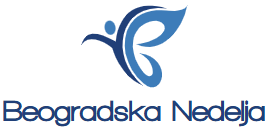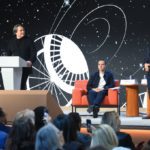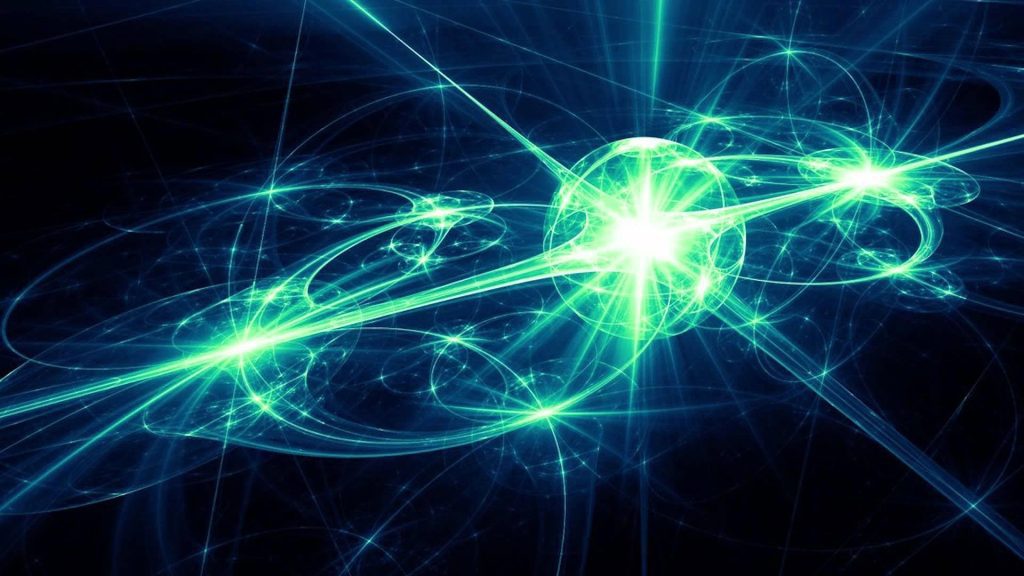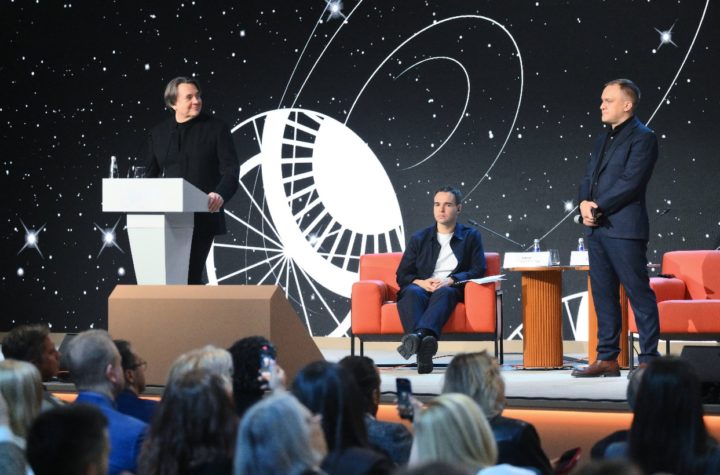
Студија је показала да је набој мозаика директан резултат планирања заштите животне средине и одрживог развоја.
Контактна електрификација (ЦЕ) је била први и једини извор електричне енергије за човечанство до отприлике осамнаестог века, али њена права природа остаје мистерија. Данас се на њега гледа као на критичну компоненту технологија као што су ласерски штампачи, ЛЦД производни процеси, електростатички премази, одвајање пластике за рециклажу и још много тога, као и као значајна индустријска опасност (оштећење електронских система, експлозије у рудницима угља, итд.). пожари.у хемијским постројењима) због електростатичких пражњења (ЕСД) која прате ЦЕ. Објављена је студија из 2008 темпер натуре Открио сам да су у вакууму ЕСД-ови једноставне љепљиве траке толико јаки да стварају довољно рендгенских зрака да сниме рендгенски снимак прста.
Дуго се веровало да се два контактна/клизна материјала набијају у супротним и уједначеним правцима. Међутим, након ЦЕ, откривено је да обе одвојене површине носе и (+) и (-) наелектрисања. Формирање такозваног мозаика набоја приписује се искуству немогућности производње, инхерентној хетерогености материјала у контакту или општој „случајној природи“ ЦЕ.
Истраживачки тим, предвођен професором Бартошем А. Грзибовски (Одсек за хемију) Центра за меке и живе материјале, у оквиру Института за основне науке (ИБС) у Национални институт за науку и технологију Улсан (УНИСТ) Истраживао је могуће изворе испоруке мозаика више од једне деценије. Очекује се да ће студија помоћи у контроли потенцијално штетних електростатичких пражњења и недавно је објављена у часопису

Figure 1. Charge mosaics on contact-charged dielectrics. (a) In a conventional view, two electrically neutral materials (grey) are brought into contact and then separated charge uniformly (lower left), one positive (red) and one negative (blue). In an alternative scenario (lower right), each surface develops a highly non-uniform ‘charge mosaic’ with neighboring domains of opposite charge polarities. (b) Collage of charge mosaics reported in the literature (the years and scale bars are indicated). Credit: UNIST
In the paper published recently in Nature Physics, the group of Professor Grzybowski shows that charge mosaics are a direct consequence of ESD. The experiments demonstrate that between delaminating materials the sequences of “sparks” are created and they are responsible for forming the (+/-) charge distributions that are symmetrical on both materials.
“You might think that a discharge can only bring charges to zero, but it actually can locally invert them. It is connected with the fact that it is much easier to ignite the ‘spark’ than to extinguish it,” says Dr. Yaroslav Sobolev, the lead author of the paper. “Even when the charges are reduced to zero, the spark keeps going powered by the field of adjacent regions untouched by this spark.”
The proposed theory explains why charge mosaics were seen on many different materials, including sheets of paper, rubbing balloons, steel balls rolling on Teflon surfaces, or polymers detached from the same or other polymers. It also hints at the origin of the crackling noise when you peel off a sticky tape – it might be a manifestation of the plasma discharges plucking the tape like a guitar string. Presented research should help control the potentially harmful electrostatic discharges and bring us closer to a true understanding of the nature of contact electrification, noted the research team.
References: “Charge mosaics on contact-electrified dielectrics result from polarity-inverting discharges” by Yaroslav I. Sobolev, Witold Adamkiewicz, Marta Siek and Bartosz A. Grzybowski, 8 September 2022, Nature Physics.
DOI: 10.1038/s41567-022-01714-9
“Correlation between nanosecond X-ray flashes and stick-slip friction in peeling tape” by Carlos G. Camara, Juan V. Escobar, Jonathan R. Hird and Seth J. Putterman, 23 October 2008, Nature.
DOI: 10.1038/nature07378
“The mosaic of surface charge in contact electrification” by H. T. Baytekin, A. Z. Patashinski, M. Branicki, B. Baytekin, S. Soh and B. A. Grzybowski, 23 June 2011, Science.
DOI: 10.1126/science.1201512

„Љубитељ пива. Предан научник поп културе. Нинџа кафе. Зли љубитељ зомбија. Организатор.“





/cdn.vox-cdn.com/uploads/chorus_asset/file/25594197/Genki_TurboCharger_Hero.jpg)



More Stories
Када ће астронаути лансирати?
Према фосилима, праисторијску морску краву појели су крокодил и ајкула
Федерална управа за ваздухопловство захтева истрагу о неуспешном слетању ракете Фалцон 9 компаније СпацеКс